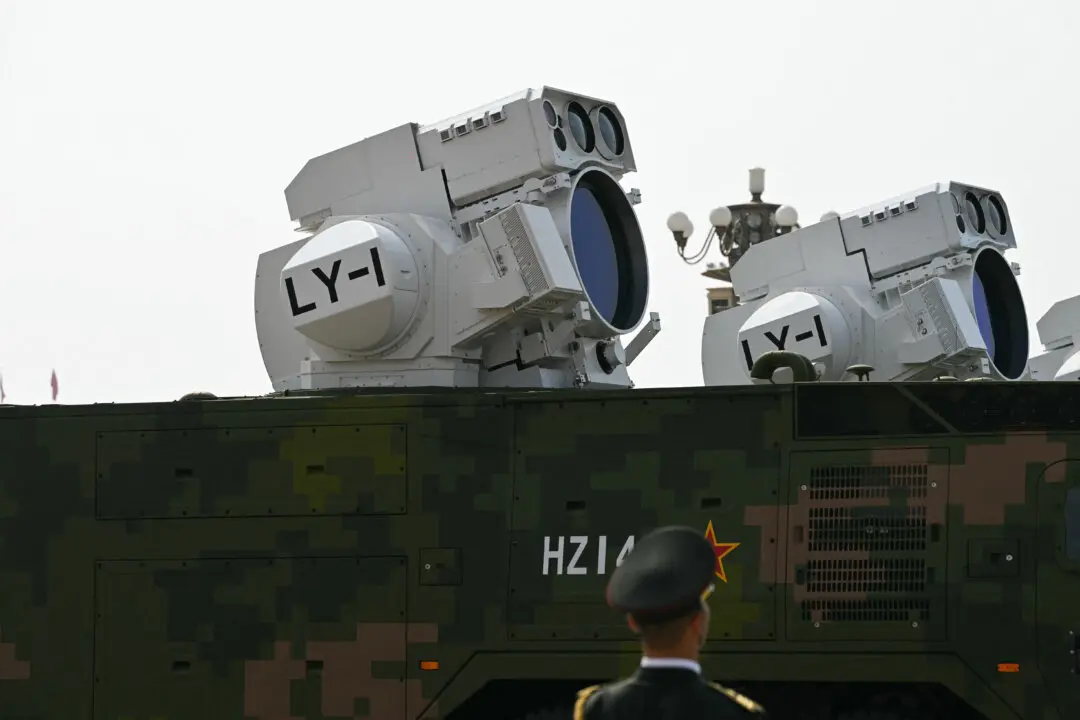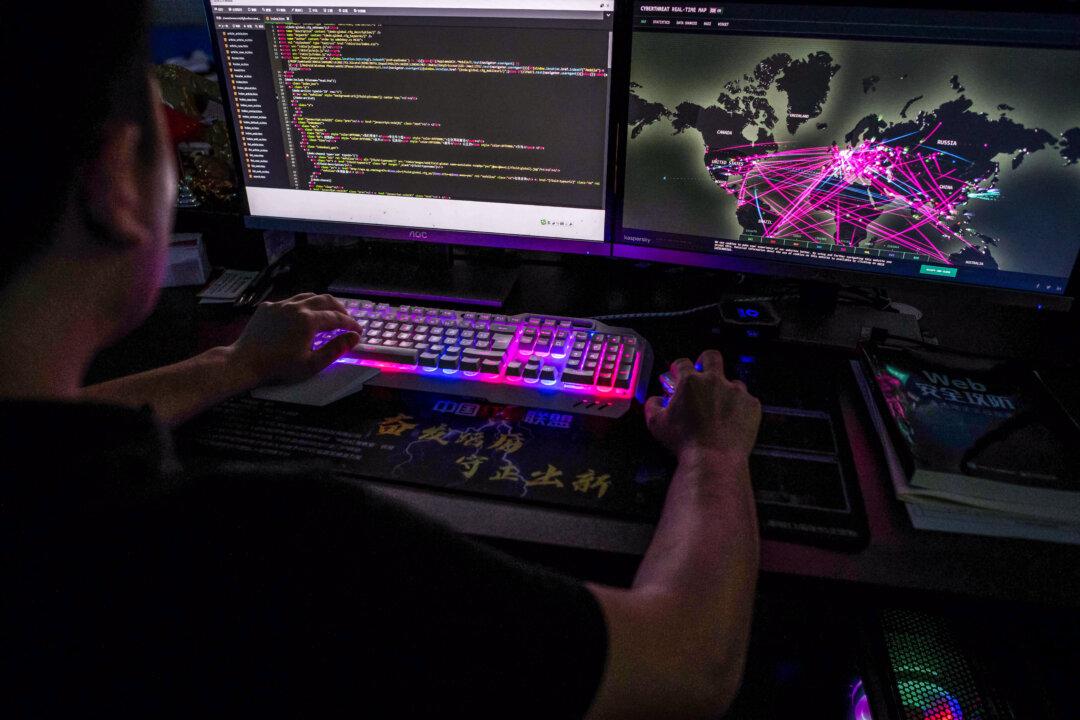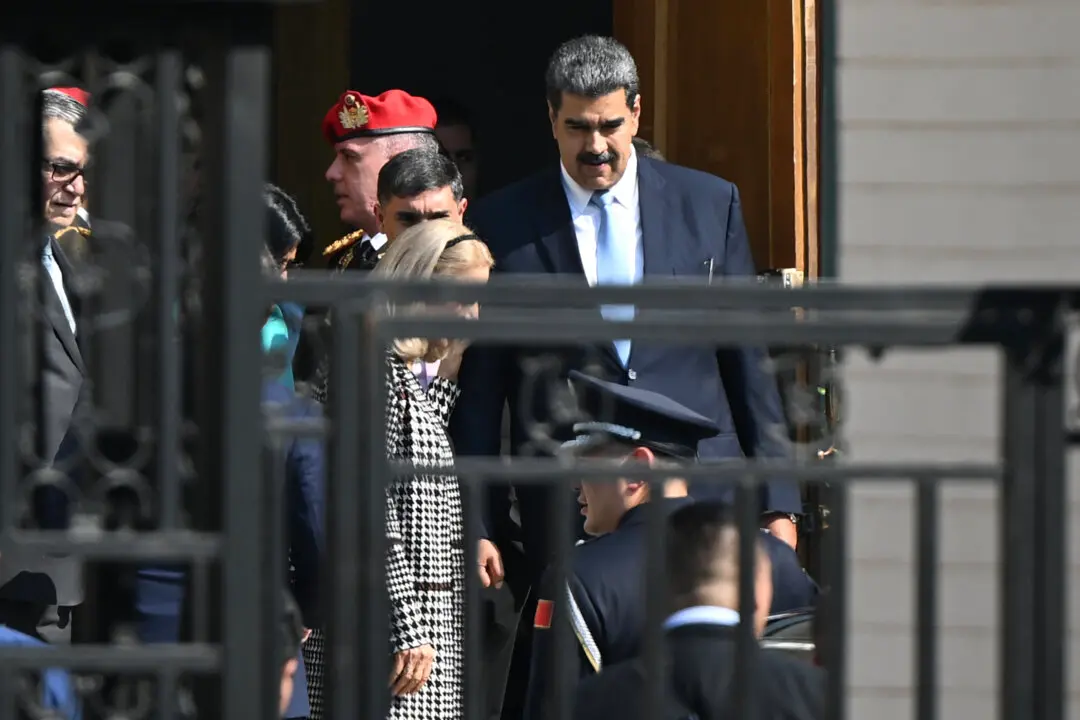Commentary
The axis of Russian President Vladimir Putin, Chinese communist leader Xi Jinping, North Korean leader Kim Jong Un, and Iranian leader Ali Khamenei is driven by ideology, which they use to achieve their personal and state objectives. However, as their ideologies and goals differ, they will eventually come into conflict, leading to the dissolution of the bloc.





